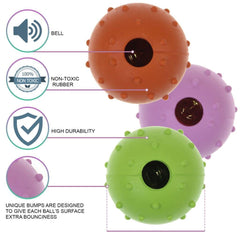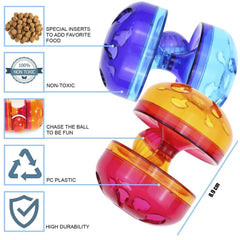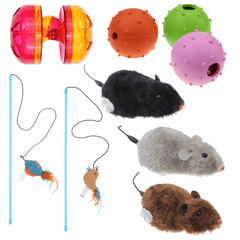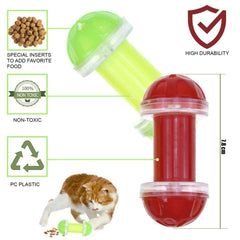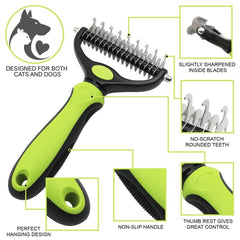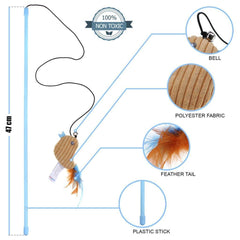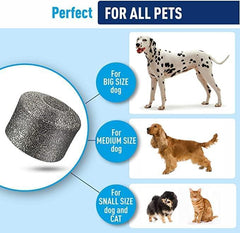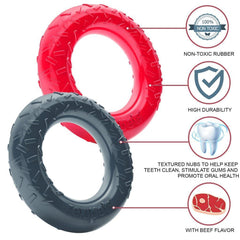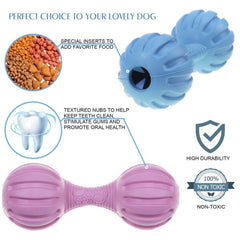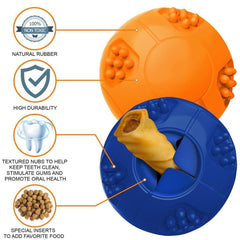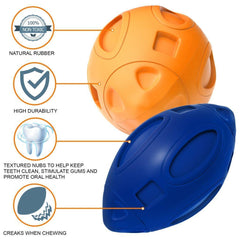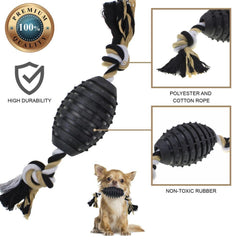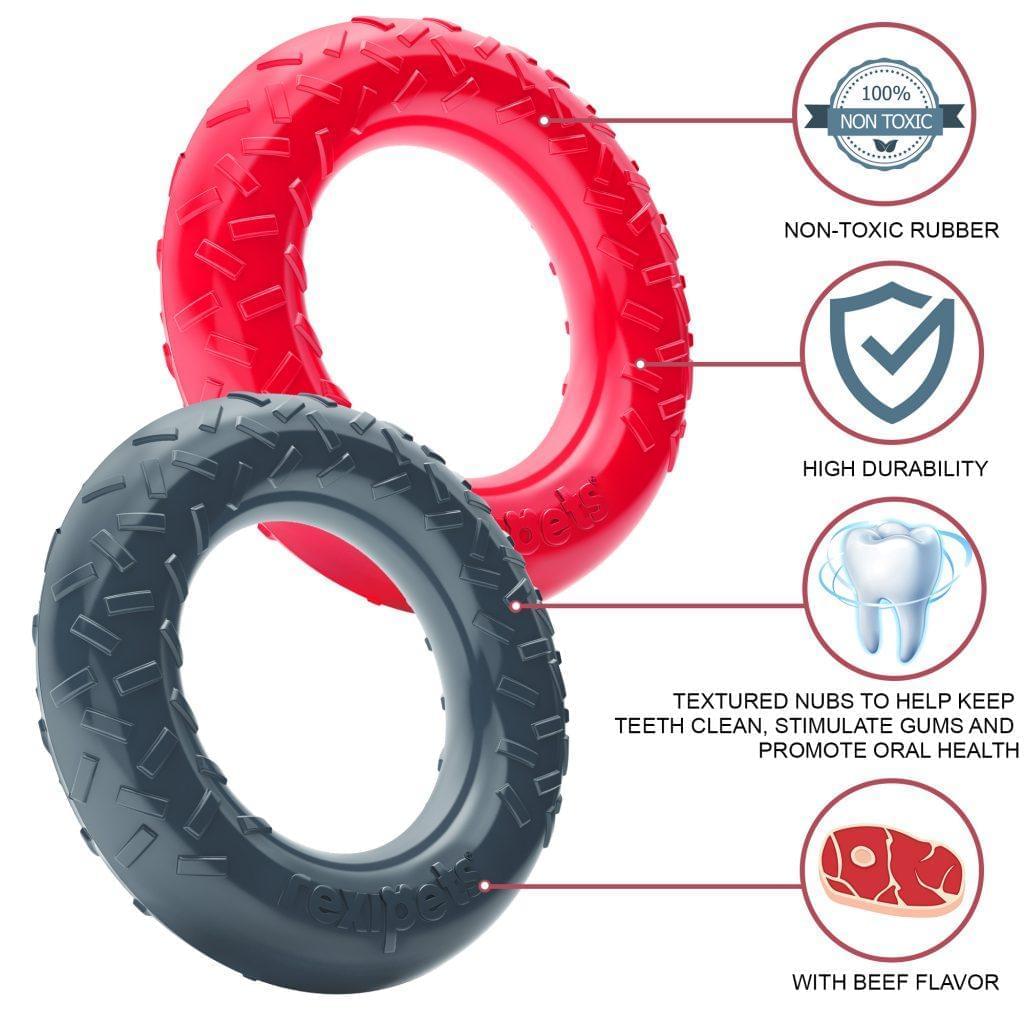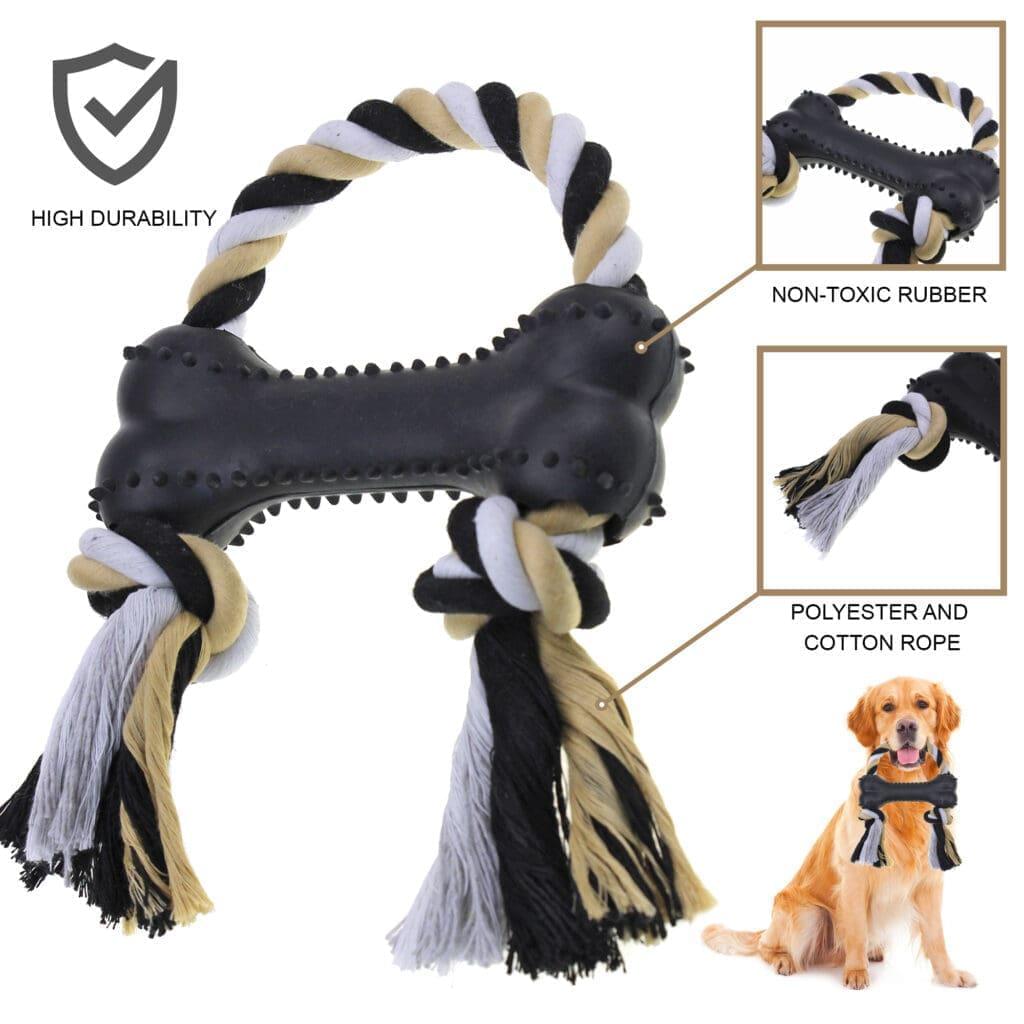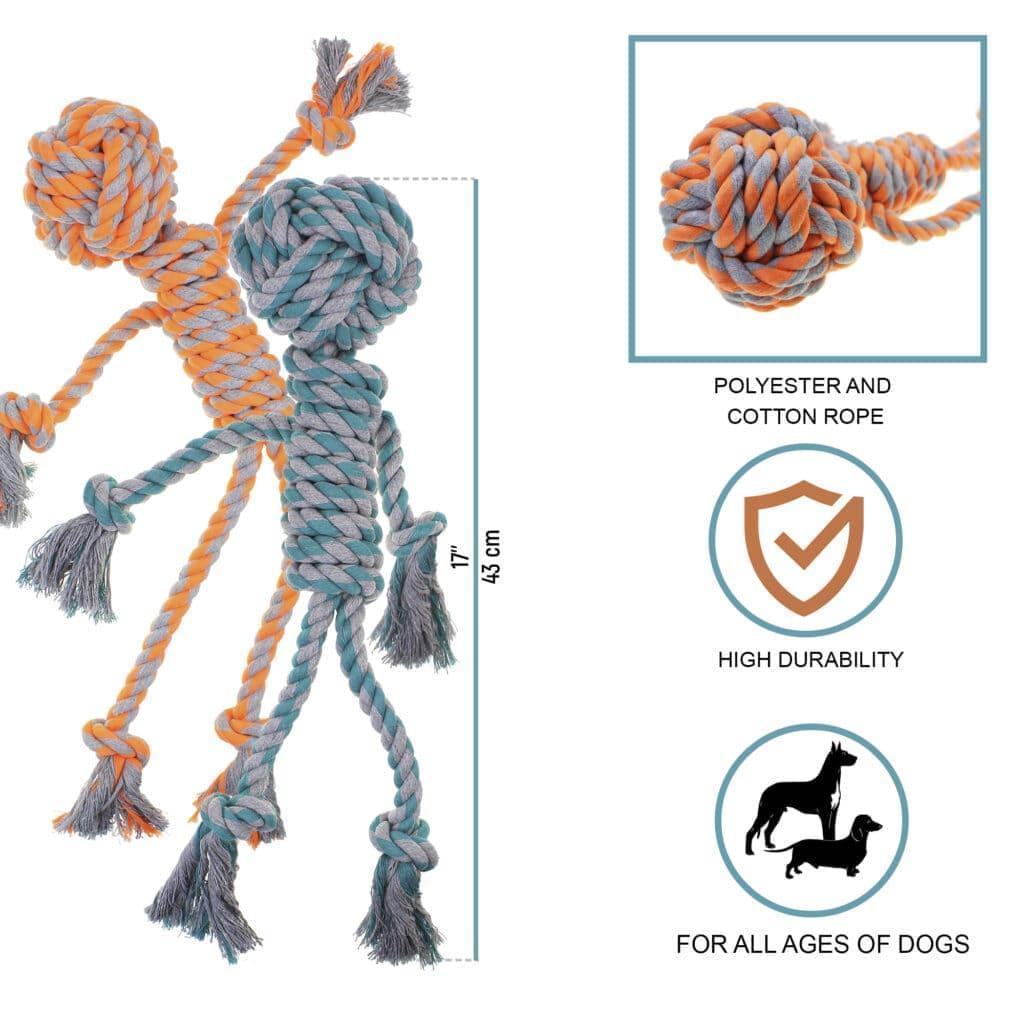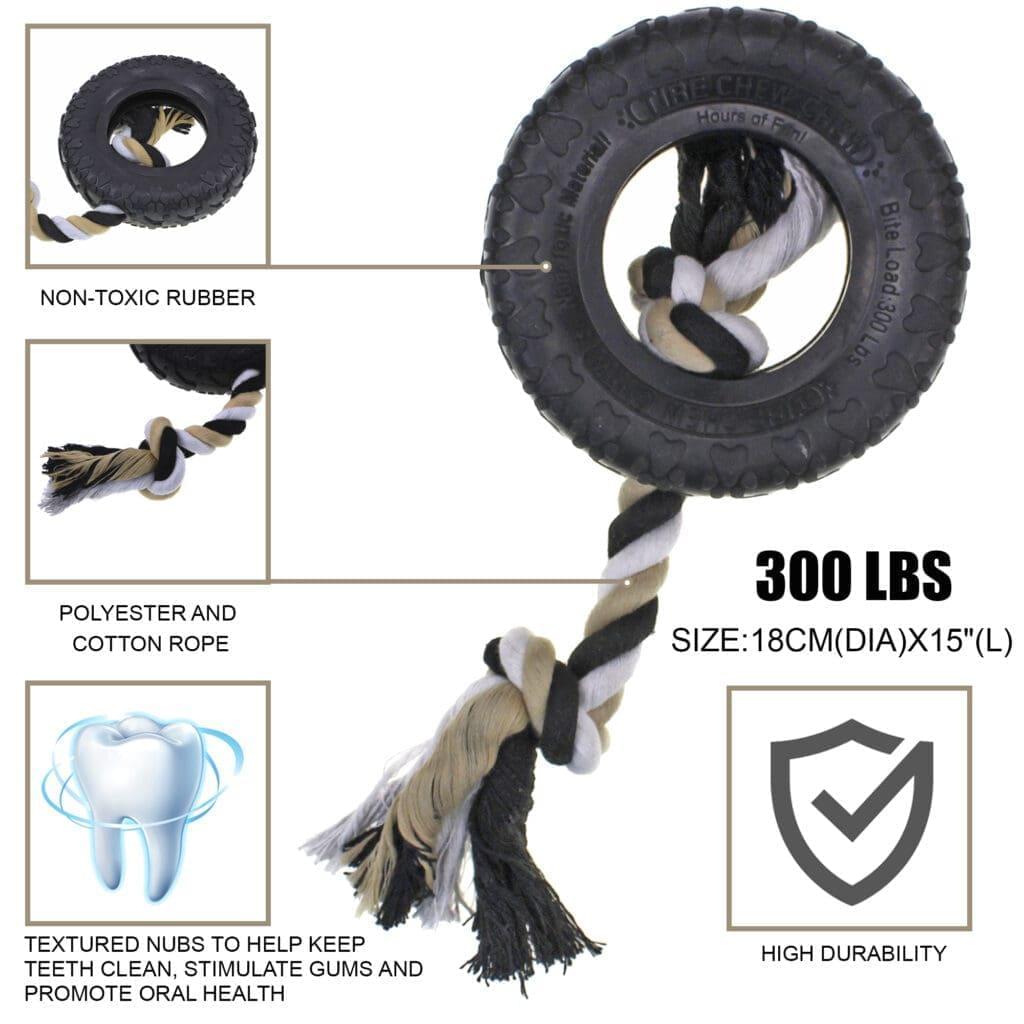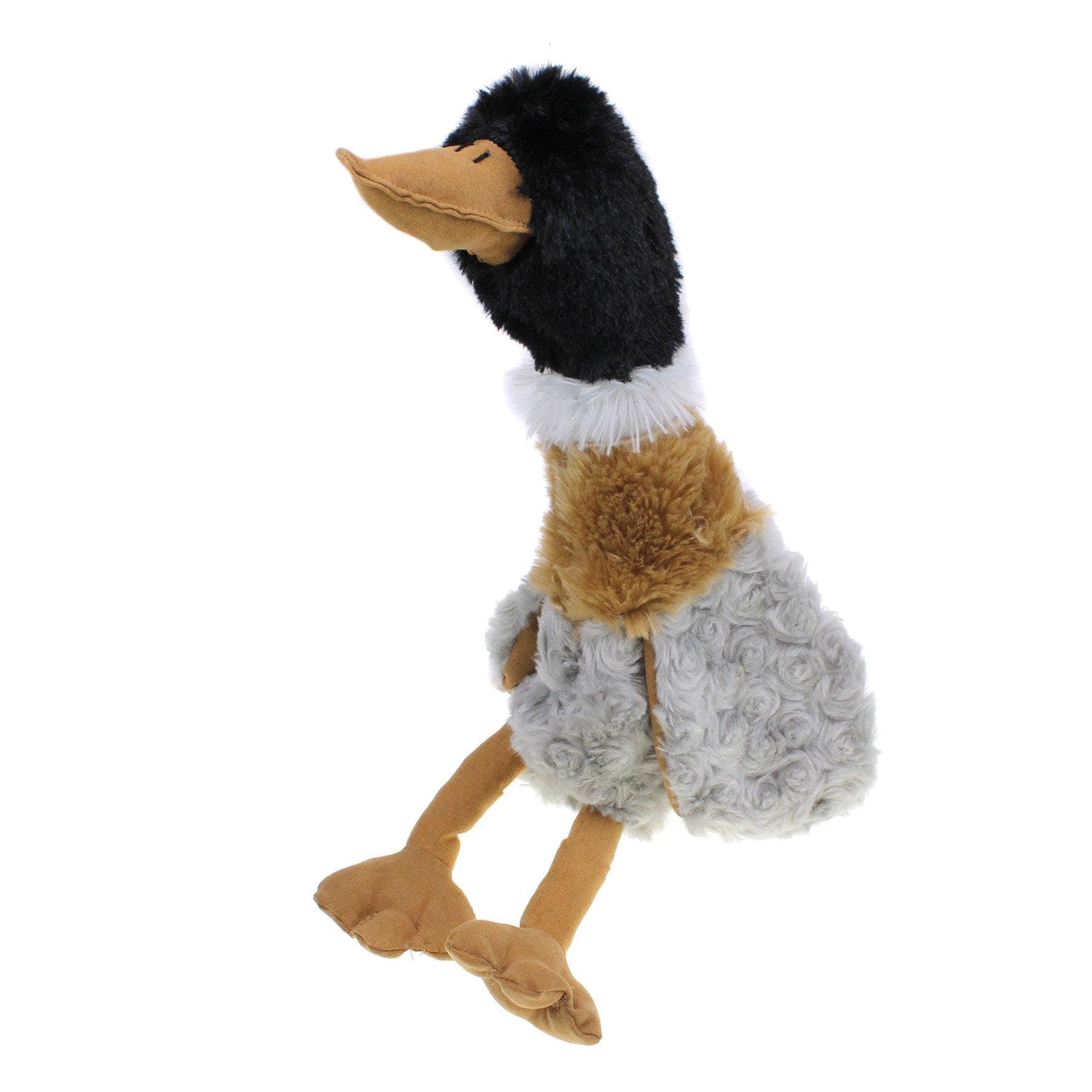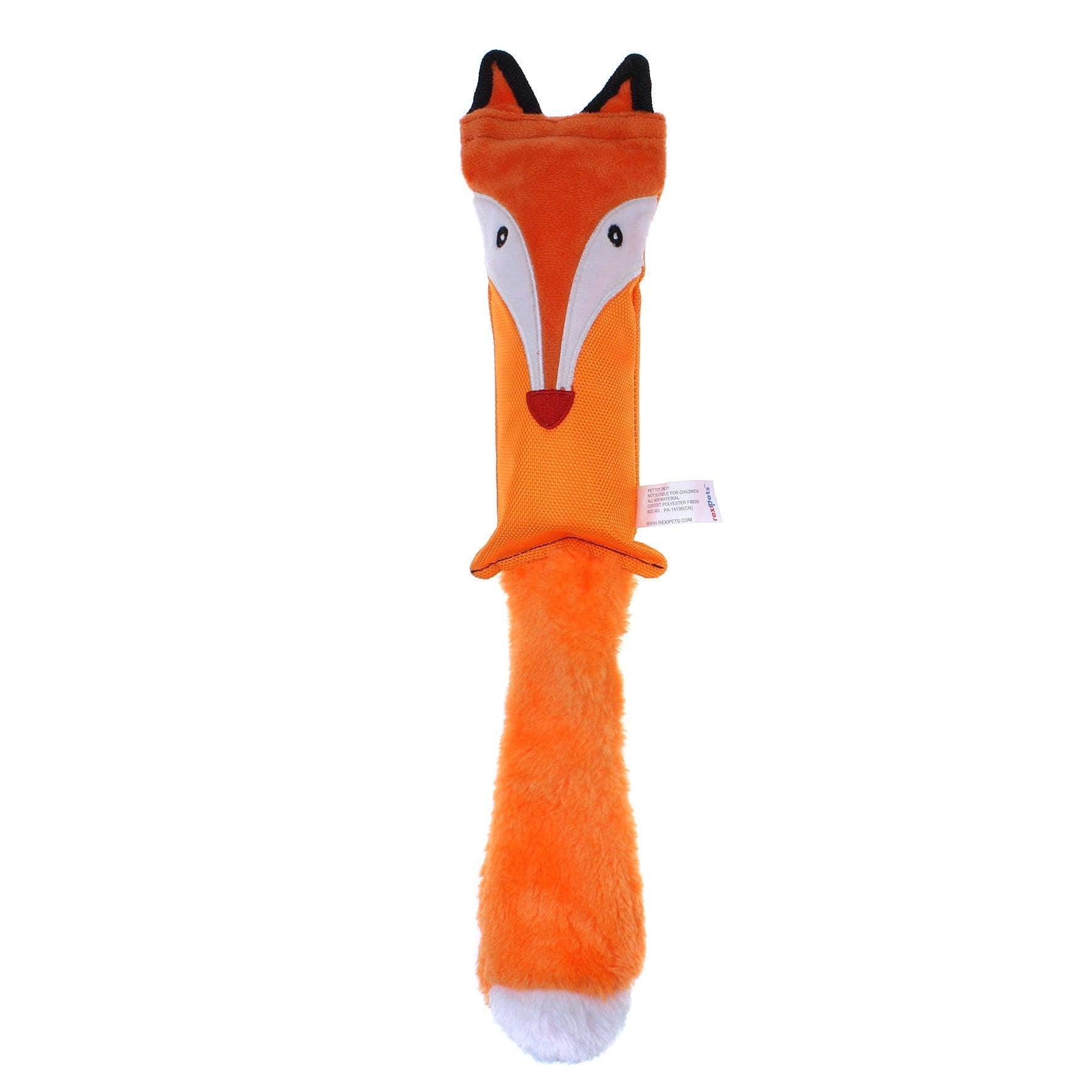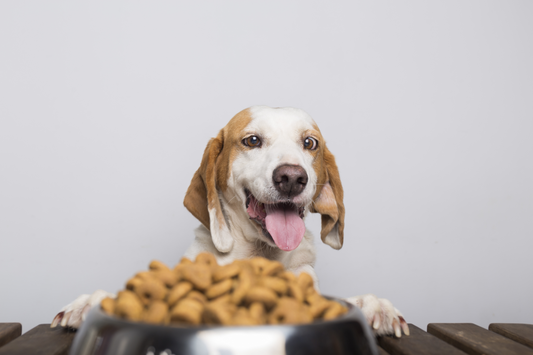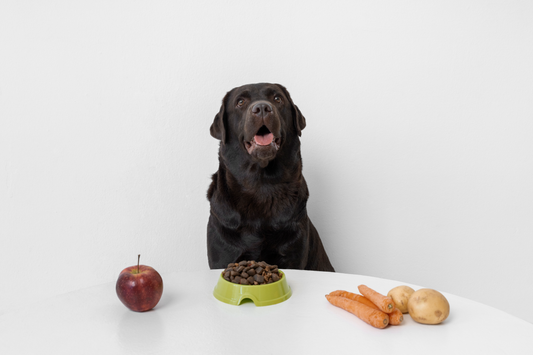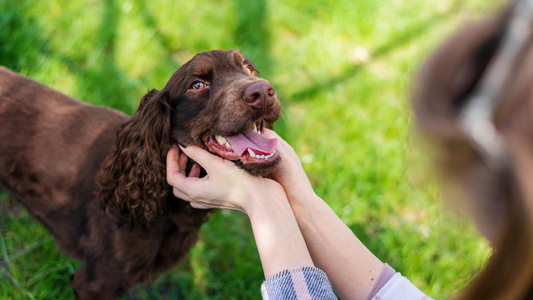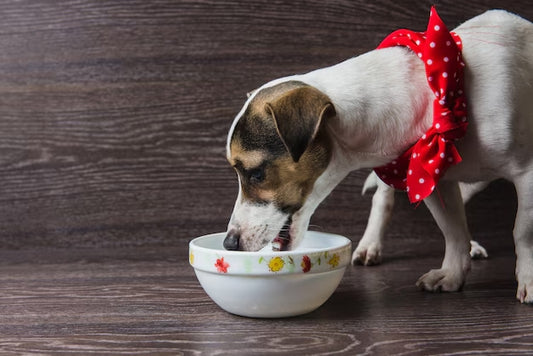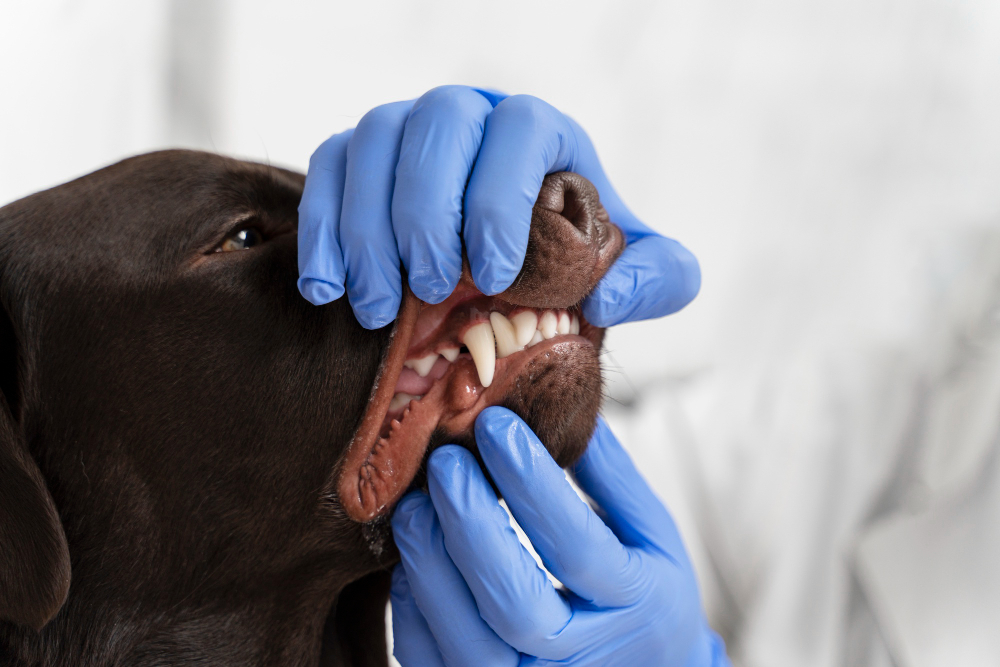
Does your dog's general dental hygiene concern you as a pet parent? Has your dog's loving kiss made you almost pass out recently?
Well, you are not the only one. Many of our pets' breath smells awful, and we are all looking for answers. Luckily, we've all the answers related to our canine friends' health and well-being.
Plaque and tartar buildup are two reasons why your dog's breath might stink. But what exactly are these two things? More importantly, if both of them are buildup, what is the difference between the two?
In this article, we will talk about the primary difference between plaque and tartar and how you can deal with it as a pet parent concerned about your dog's health.
So, are you ready for the plaque vs. tartar dog version?
What is Plaque on a Dog's Teeth?
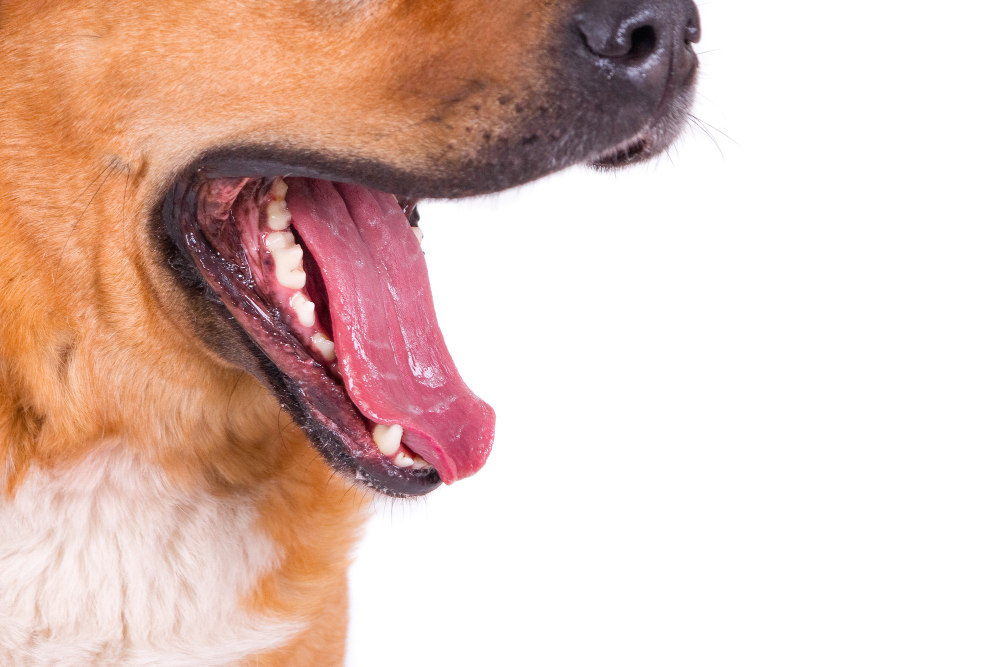
You know that gross stuff that shows up on your dog's teeth after a meal? Yep, that's plaque! It's a sticky combo of bacteria, spit, and leftover food particles.
Now, here's the deal. If you don't give your dog's teeth a good brushing within around 24 hours, that plaque starts getting mixed with the minerals in their saliva, starts to harden, and eventually becomes tartar – the tough, hardened version of plaque.
But no worries, you can totally prevent this dental drama! Regular dog teeth brushing keeps that plaque from turning into stubborn tartar, ensuring your pup keeps its pearly whites intact and its mouth feeling and smelling fresh. This also ensures your dog is free of oral health issues like periodontal disease and any sort of dental disease.
What Does Plaque Look Like?
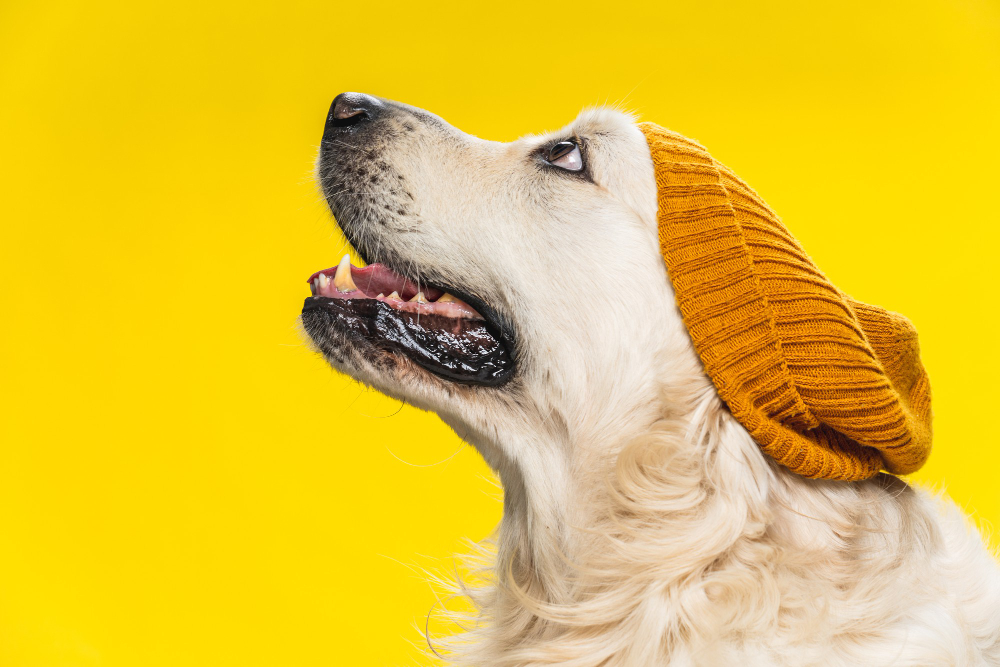
Now, the big question: What does plaque look like?
Okay, so plaque usually appears as a soft, colorless, or pale yellowish film on the surface of teeth. It might be a bit slimy or sticky when you touch it.
It's not always easy to see, especially at first. Still, if you take a close look at your dog's teeth, you might notice a thin layer that's a bit rough on the surface, different from the shiny enamel of their teeth.
How Can I Deal with Plaque?
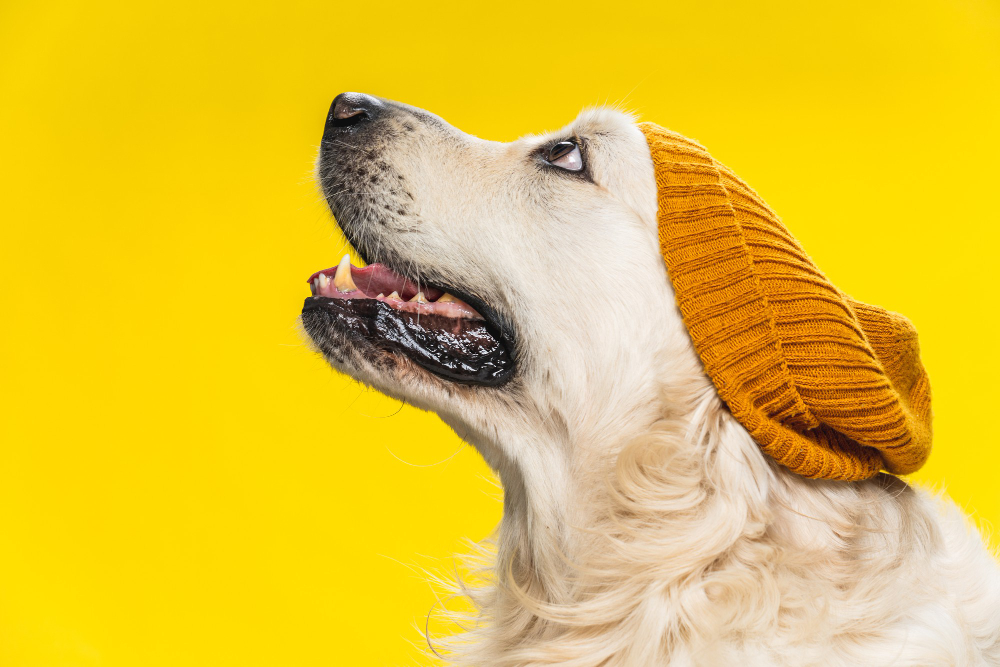
When it comes to dealing with plaque on your dog's teeth, there are a couple of great strategies you can follow. First off, there's an effective thing called a dental diet.
Make sure you look for ones that are vetted by the Veterinary Oral Health Council (VOHC). They stop plaque from building up on your dog's teeth or slow down how fast it sticks.
Now, here's a tip that might sound familiar: brushing or wiping your dog's mouth regularly. Just like we do for our own teeth, giving your dog's teeth a good daily cleaning is a great way to keep plaque away.
One thing to remember when it comes to brushing your dog's teeth is to make sure you don't use your own toothpaste. The ingredients in human toothpaste can leave your dog with an upset stomach.
Last but not least, there's something called a VOHC-approved water additive. Basically, you pop a bit of it into your dog's water bowl, and it works behind the scenes to lower the number of bacteria in their mouth and prevent plaque. And guess what that means? Fresher breath and a healthier mouth overall.
What Is Tartar on Dog's Teeth?
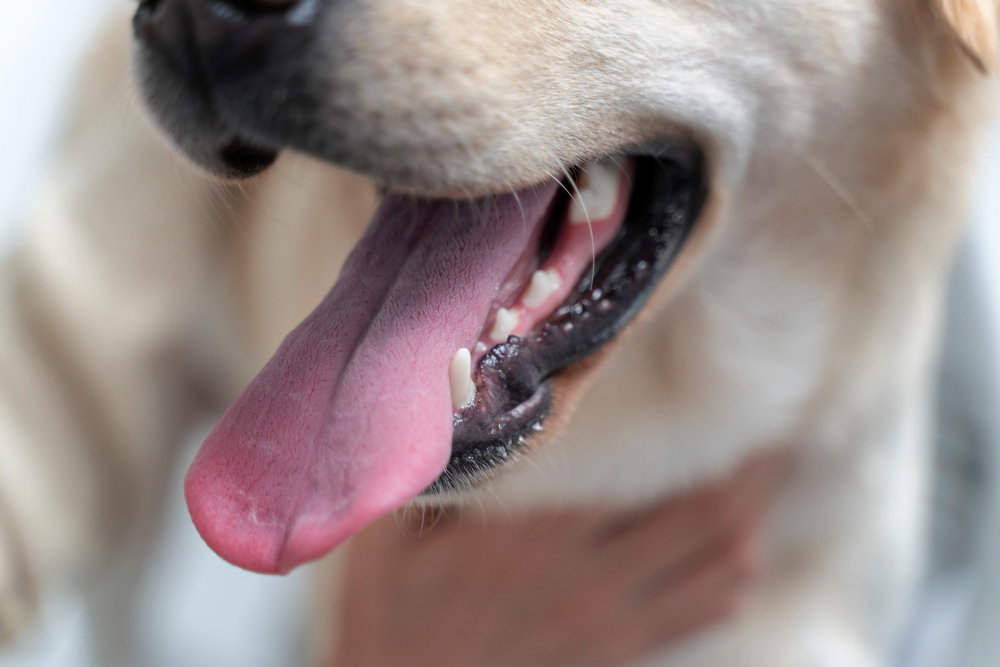
If you let that sticky plaque stay on your dog's teeth, it will get hard and turn into what we call tartar.
This transformation happens quickly, in just a few days, and sometimes even quicker. That's why giving your pup's teeth a good brushing every single day or every other day is super important. It's like the ultimate prevention move.
What Does it Look Like?
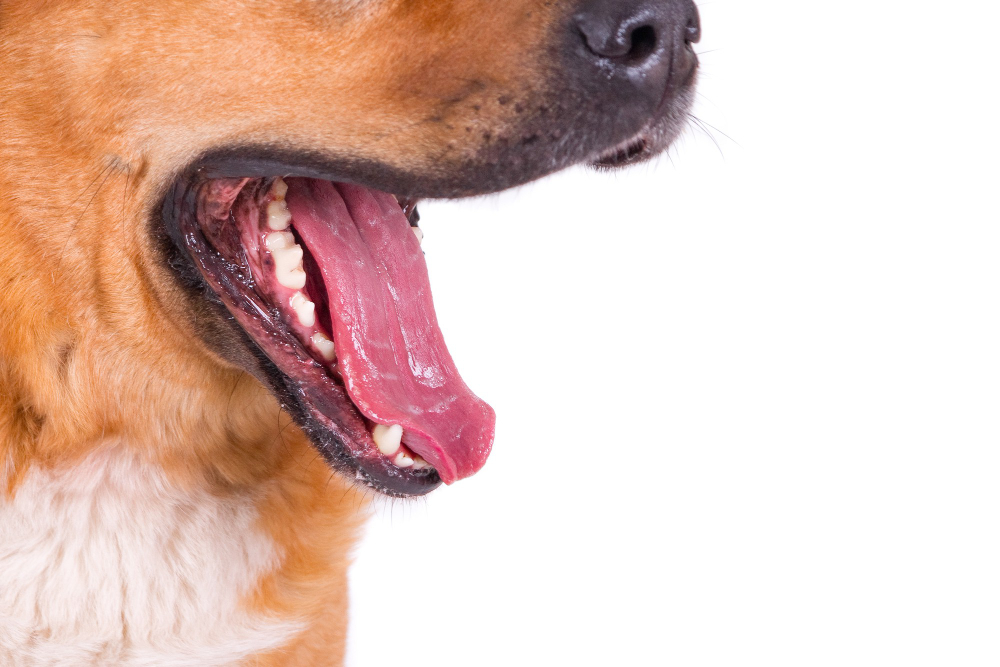
Tartar forms like a rough and porous material, a dark and sturdy coat on your dog's teeth hanging out near the gum line. It's not pleasant to see, and it's definitely not doing any favors for your dog's dental well-being.
This rough gunk can lead to all sorts of dental issues. So, the key is to not let it take hold. Keep those teeth clean and shiny, free of plaque, to avoid this stubborn, unsightly visitor that can mess up your dog's oral health and smile.
How can I deal with Dog Tartar?
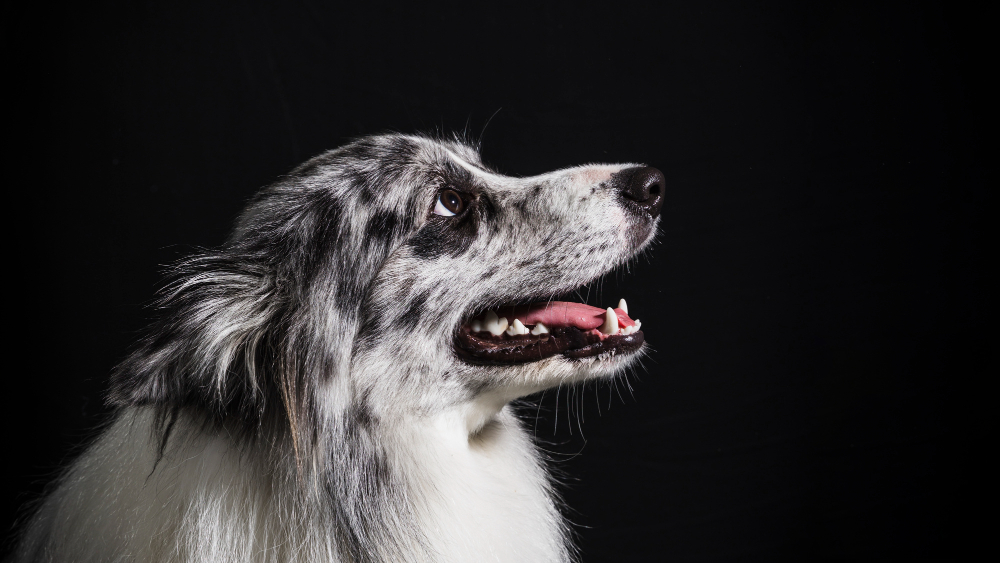
To deal with stubborn tartar in dogs, these cool dog chew toys, and dental treats are made just for dogs. These things work like little dental miracles, helping get rid of mild tartar buildup. Moreover, it's like a fun game for your dog that cleans their teeth simultaneously, so it is a win-win!
But here's the thing: even with dog food, dental treats, and all the toys, sometimes your pup might still get tartar on their teeth. But you may need more than that. That's when it's a good idea to call in the experts. They can perform a professional dental cleaning. The other option is to remove dog tartar naturally.
They'll put your furry friend under anesthesia, so there's no stress, and clean away any tartar that's causing trouble. Doing this regular dental cleaning every 6-12 months is a smart move to keep those teeth and gums happy and healthy.
Final Words!
So there you have it, the difference between plaque and tartar in your dog's mouth. In dogs, plaque is like that sticky film that starts forming on their teeth right after eating. If you don't take care of it right away, it becomes hard and turns into tartar – the stubborn, rocky stuff you definitely don't want in your dog's mouth.
Regular teeth brushing, dental treats, and chew toys are your sidekicks in the fight against plaque buildup. And if tartar does decide to make an uncalled-for appearance, your vet can step in with a dental cleaning to save the day.
So keep your head up high in the war against plaque and tartar. With these preventative steps, plaque and tartar have nothing for you or your furry friend.
